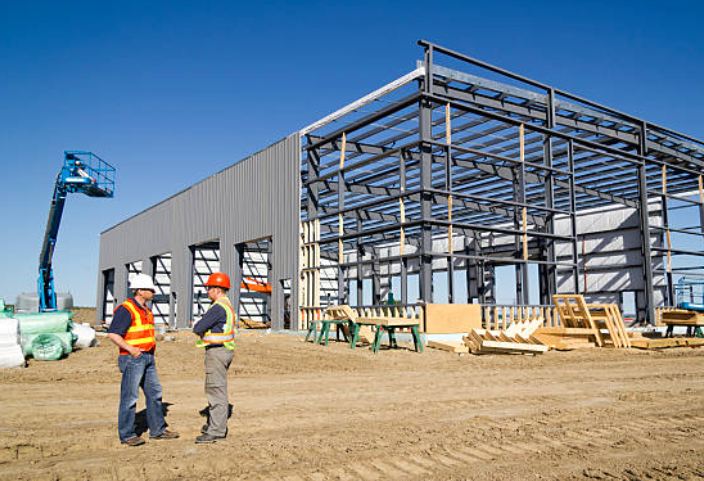
Posted on Sunday, October 13, 2024
As the construction industry evolves, steel buildings have gained popularity due to their durability, cost-effectiveness, and versatility. Whether you're planning to build a commercial space, an industrial facility, or a personal workshop, understanding the financing options available is crucial for making informed decisions. This guide will explore various financing avenues for purchasing a steel building, including loans, leasing, and government incentives for green construction.
Before delving into financing options, it's essential to understand the costs involved in purchasing a steel building. These costs can be categorized into:
Creating a comprehensive budget that accounts for these factors will help you determine how much financing you'll need.
Traditional bank loans are a common financing method for purchasing a steel building. Here are some key points to consider:
Construction loans are specifically designed for building projects. Here's what you need to know:
If your steel building project involves purchasing specialized equipment (like cranes or forklifts), equipment financing can be a viable option.
Leasing can be an attractive alternative to purchasing a steel building outright.
Many governments offer incentives for green construction, which can significantly offset the costs of purchasing a steel building.
Small Business Administration (SBA) loans can be an excellent resource for financing a steel building.
In recent years, crowdfunding has emerged as a popular financing option for construction projects.
When selecting a financing method, consider the following factors:
Consulting with a financial advisor or construction financing specialist can provide valuable insights and help you navigate the options available.
To ensure a smooth financing process, follow these tips:
Financing a steel building can seem daunting, but with a solid understanding of the options available, you can make informed decisions that suit your needs. Whether you choose traditional loans, construction financing, leasing, or explore government incentives, careful planning and preparation will set you on the path to success.
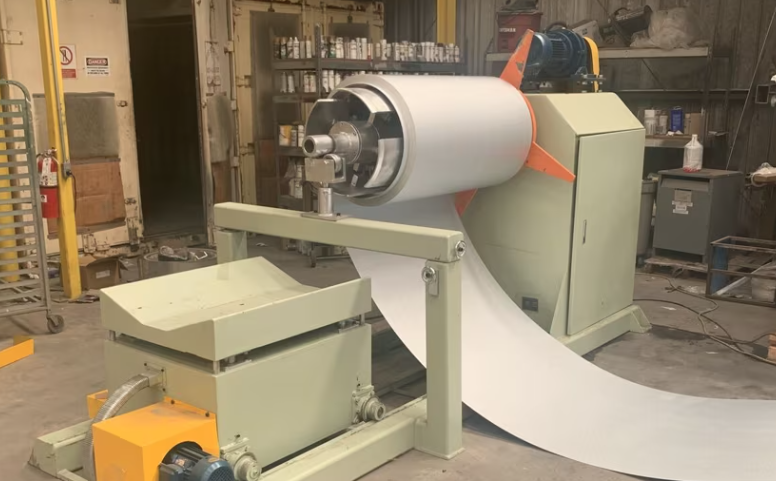
Understanding Coil IDs, Mandrel Sizing, and Shear Pin Safety in Uncoilers
Posted on Wednesday, October 1, 2025
Mismatched sizes can lead to machine damage, downtime, and safety hazards — often evidenced by a shear pin failure.
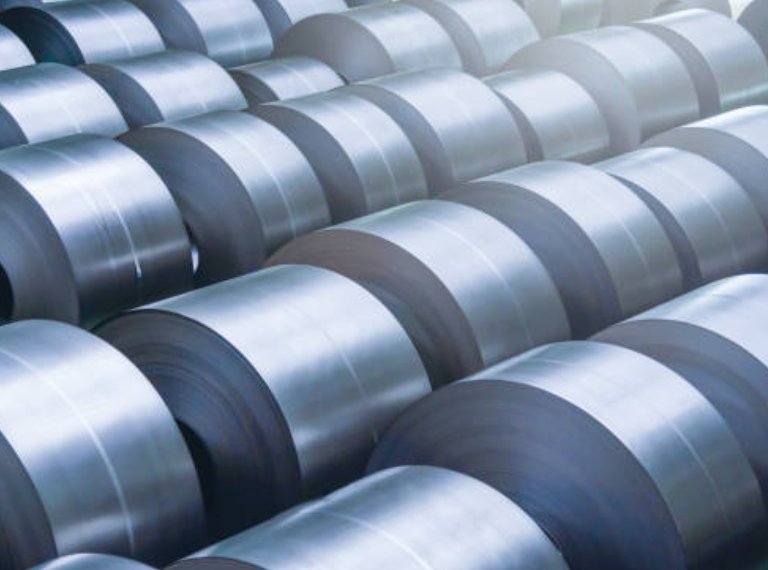
How Coil Tensile Strength Affects Roll Forming and How to Adjust Your Machine
Posted on Wednesday, October 1, 2025
Changes in tensile strength can significantly affect the finished profile, causing misaligned bends, uneven edges, and out-of-spec parts.
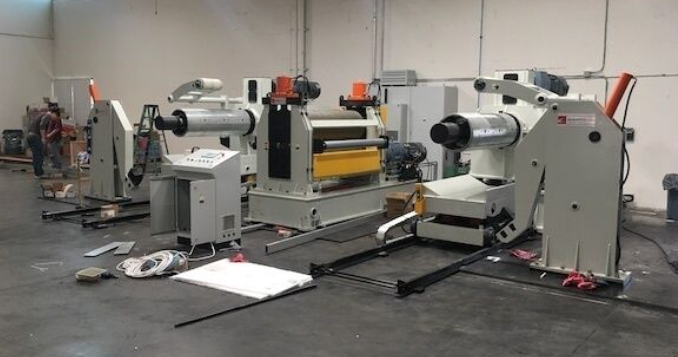
Why Paint Cracks on an Embossing Line Running Pre-Painted Coil and How to Prevent It
Posted on Wednesday, October 1, 2025
This issue not only affects the visual quality of the product but can also lead to increased scrap rates and customer complaints.
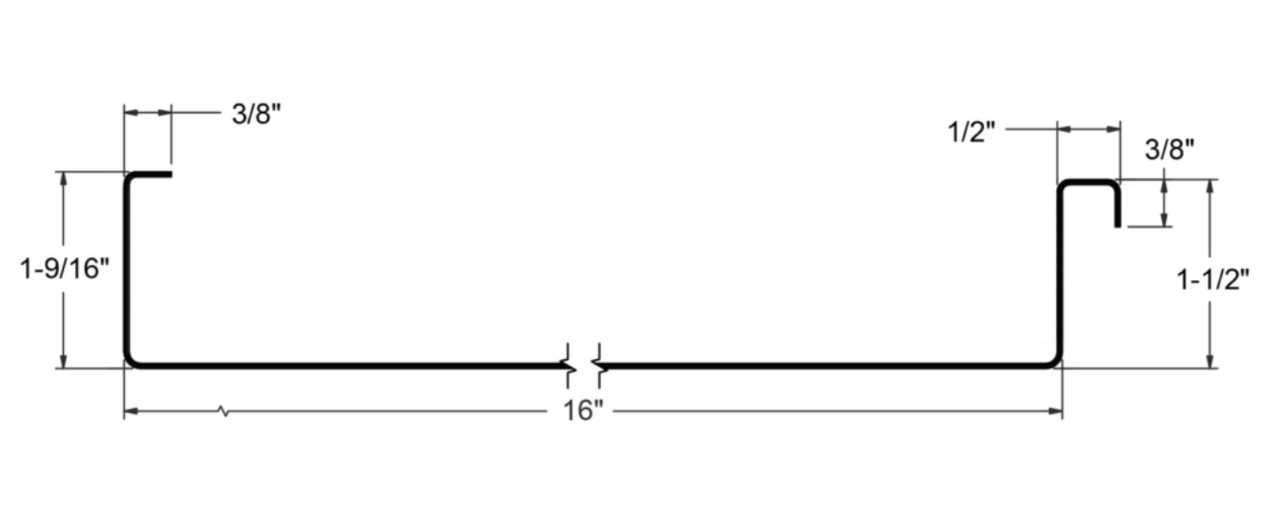
The Most Popular Standing Seam Metal Roof Panels in the U.S. — A Comprehensive Guide
Posted on Monday, September 29, 2025
In this post, we’ll explore what panel styles and sizes are most popular in the U.S